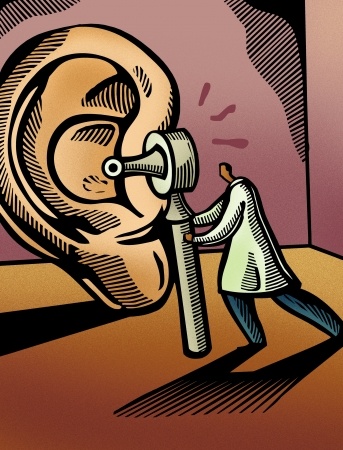I spent the five happiest years of my life in a morgue. As a forensic scientist in the Cleveland coroner’s office I analyzed gunshot residue on hands and clothing, hairs, fibers, paint, glass, DNA, blood and many other forms of trace evidence, as well as crime scenes. Now I'm a certified latent print examiner and CSI for a police department in Florida. I also write a series of forensic suspense novels, turning the day job into fiction. My books have been translated into six languages.
Sure, I'll email you. You might also want to look over earlier questions on this site.
Wow I am sorry I somehow didn't answer this question!! In my experience we do a presumptive test for both and then send to DNA testing because they will confirm the presence of DNA in the quantitative step. We do have the OBTI test for human blood but there's no reason to do it u less we're in a huge hurry to confirm human blood.
No. Depending on where you work and what you do, your employer might want you to be 'certified' in one area or the other.
Yes, they are different substances.
Audiologist
 Can just one loud concert do serious damage to your ears?
Can just one loud concert do serious damage to your ears?
Antiques Dealer
 Do you think today's "stuff" will one day be collected as valuable antiques?
Do you think today's "stuff" will one day be collected as valuable antiques?
Call Center Employee (Retail)
 I've heard that a lot of startups are hiring really well-educated college grads and paying them a lot, reasoning that customer service is often a client's most lasting impression of a brand. What do you think, and is it something you see spreading?
I've heard that a lot of startups are hiring really well-educated college grads and paying them a lot, reasoning that customer service is often a client's most lasting impression of a brand. What do you think, and is it something you see spreading?
I'm not a doctor but I don't see why not. If the flesh and muscle is being crushed between the ribs and the person's hands, that would have to cause damage. Sometimes CPR can cause cracked ribs.
Usually in forensic science or any kind of natural science. If you want to go to into drug testing or toxicology, major in chemistry. If you want to do DNA analysis, then biology or biochemistry.
You can't go wrong with as many science classes as you can get, and especially anything that's specifically forensics. Programs that have hands-on labs for processing evidence and crime scenes would be great. Titles and job requirements aren't uniform, so the only way to know is to call the crime labs in your area or whereever you might be interested in working and ask them. At the coroner's office we had to have at least a bachelor's in a natural science (this was before they had forensic science majors). At the police department where I am now, they only require a high school diploma but you get more points in the interviewing process for having a four year degree, so we all have one. You can also go on the websites for professional organizations such as the American Academy of Forensic Sciences and check out their job vacancy postings and see what the various positions require. Good luck.
-OR-
 Login with Facebook
Login with Facebook (max 20 characters - letters, numbers, and underscores only. Note that your username is private, and you have the option to choose an alias when asking questions or hosting a Q&A.)
(A valid e-mail address is required. Your e-mail will not be shared with anyone.)
(min 5 characters)
By checking this box, you acknowledge that you have read and agree to Jobstr.com’s Terms and Privacy Policy.
-OR-
 Register with Facebook
Register with Facebook(Don't worry: you'll be able to choose an alias when asking questions or hosting a Q&A.)